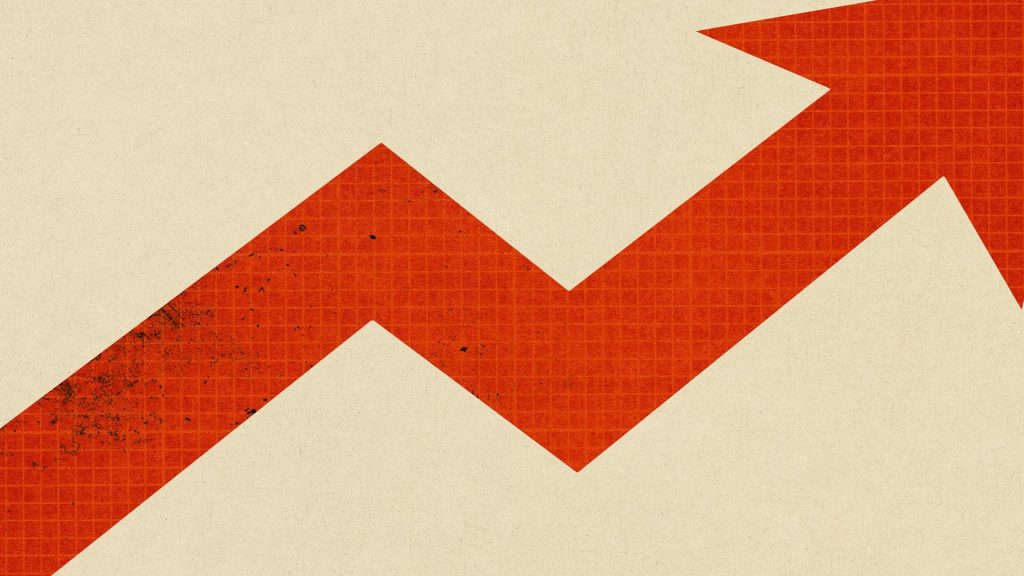Mortgage Rates Just Dropped—But Will They Stay Down for Long? A Look Ahead
Homebuyers have been through the wringer this year, squeezed by high mortgage rates, stubbornly stratospheric home prices, and a drought of fresh real estate listings.
But there is some joy in the market of late: In the week ending July 20, mortgage rates fell to 6.78% for a 30-year fixed-rate loan, according to Freddie Mac. That’s a welcome relief given last week’s rates hit their highest percentage—6.96%—since Nov. 22.
Yet home shoppers shouldn’t get too hopeful about this recent rate drop just yet.
“Based on recent inflation data, we expect a possibility that the Fed may take a wait-and-see approach at future meetings,” notes Realtor.com® Chief Economist Danielle Hale in her analysis. In other words, Hale predicts “an additional Fed rate hike” in the next few weeks, which might cause mortgage rates to rise yet again.
So what will this add up to in the ever-fluctuating real estate equation? Here’s what the latest real estate data means for homebuyers and sellers in our latest installment of “How’s the Housing Market This Week?”
Home prices fall alongside mortgage rates
Mortgage rates falling further from 7.08%—the 20-year high they hit in October—is a significant win for buyers.
Buyers can also take a small victory lap when it comes to the fight against stubbornly high home prices: Median home prices have headed south for six weeks in a row. And in even better news, the declines have sped up, with home prices down 0.9% compared with last year for the week ending July 15. (The listing price dropped by a measly 0.2% year over year a week ago.)
Yet while prices are declining, it’s not by much. The median asking price for a home has fallen less than 1% since June 2022’s all-time high of $449,000 and was stuck at $445,000 in June.
How mortgage rates affect housing inventory
Home prices and housing inventory are as intertwined as buyers and sellers. And as long as inventory remains tight, “prices will still remain buoyed,” notes Hale.
The week ending July 15 saw overall housing inventory decline for the fourth week, with the number of for-sale homes falling year over year by 6%.
Meanwhile, the number of new sellers entering the market has been shrinking for 54 weeks straight—largely because many sellers might be reluctant to give up their current low-interest mortgage if they move.
“As interest rates remain elevated, hampering selling activity, we expect the stock of homes for sale to continue to remain low, declining by 5% overall for the year,” says Hale. Plus, “with more interest rate hikes potentially on the horizon, sellers may continue to feel ‘locked in’ by their previous rates.”
Yet there is reason for some optimism this week as well. For the week ending July 15, 102,000 newly listed homes hit the market, marking the highest level of fresh listings in five weeks. And while the shortage of fresh real estate listings lingers, the decline in new listings shrank for the week ending July 15.
“This past week, the market saw an improvement in listing activity, with newly listed homes declining by only 19% from the previous year, compared to 27% the previous week,” notes Hale. “The uptick in newly listed homes this past week gave homebuyers more options at a slightly lower price point. However, whether these trends continue remains to be seen.”
A slower pace of home sales hits the one-year mark
Homes have officially spent a longer amount of time on the market for an entire year.
For the week ending July 15, homes spent 10 extra days on the market compared with this time last year. This marks 52 weeks that it’s taken longer to sell a home than the same time a year prior.
Yet buyers shouldn’t take these extra days as a license to slow down their house hunt too much.
“Even though buyers face a strong affordability challenge due to still-high home prices and mortgage rates, buyer demand remains more robust than supply, resulting in the time it takes to sell a home remaining lower than pre-pandemic levels,” explains Hale.
Read the full article here














